Although I was 50 before I took my first trip across the pond to Ireland my Irish pride is deep in my heart, like many other Irish Americans
I started my first job in an office in Manhattan in 1980. As I settled in on my first day, a manager I had never met before stopped in front of my desk as he was walking by and he broke into a full Irish jig dance. The entire office stopped what they were doing to watch him. Most people laughed and were entertained but I didn't know quite what to make of it.
When I got home that evening my father asked me how my first day went and I told him about the manager's jig. I asked my Dad, "But how did he know I was Irish?"
My Irish American father laughed, "Kathleen, everyone knows you're Irish because you have the map of Ireland on your face." I was just nineteen years old and I walked away not really understanding what he meant.
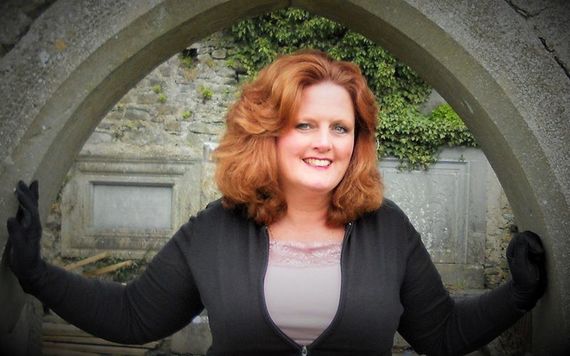
Kathleen Maloney.
In October 1990, while I was recuperating in the maternity ward at Hoboken Hospital in Hoboken, New Jersey, several nurses returning from the nursery stopped at the entrance of my room. They said they had been admiring the redheaded baby in the nursery and they wanted to see which Mom she belonged to. One nurse smiled and said to the others, "Here she is - the Irish mom - she must be the mother of the Irish baby in the nursery."
Read more: An ode to Ireland on St. Patrick's Day - how it healed and changed me forever
I've been called "the Irish girl" my entire life. Even now as a woman, even after hearing my New York accent, I'm still referred to as "the Irish lass" or "the Irish lady."
And, the truth is - I would not have it any other way.
My Irish pride is deep within my heart and I know many Irish Americans feel the same.
I feel a strong connection to Ireland and to my ancestors and their traditions. I was fifty years old when I took my first trip across the pond. I regret waiting so long to do so but maybe I went at a time in my life when I could fully appreciate the experience of being there. Going to Ireland for the first time back in 2013 changed me. It was as if something had been missing from my life but after spending a week in Ireland and connecting with family in County Leitrim - my life came full circle. Being able to visit the graves of some of my ancestors' connected missing pieces in my life and when I returned home to New Jersey I did with newfound contentment I hadn't had before.
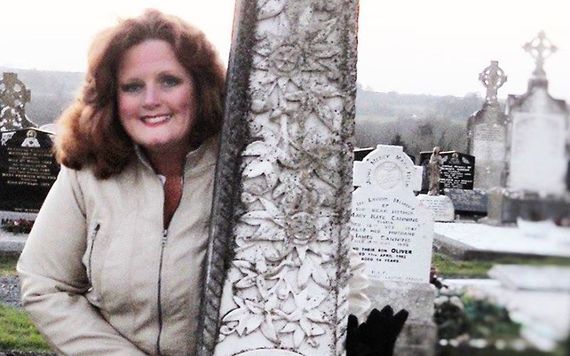
Kathleen Maloney, getting a little close to a Celtic Cross in Ireland.
My visits to Ireland since then have only solidified the love and the connection I have for the country. And, with each visit to Ireland, I have wanted to learn more about the history of Ireland.
In 2014 I took a taxi from my hotel in Dublin to Glasnevin Cemetery to visit the grave of Michael Collins, the Irish patriot and revolutionary. The taxi driver seemed surprised and he turned to tell me, "Not many Americans go to visit Glasnevin while on holiday." I enjoyed the afternoon there. Along with Michael Collins, there are many notable people buried at Glasnevin. It's a beautiful cemetery and a worthwhile place to visit while in Dublin.

Michael Collins grave in Glasnevin Cemetery.
The following year I visited Kilmainham Gaol, a former prison in Kilmainham, Dublin, where many Irish revolutionaries, including the leaders of the 1916 Easter Rising, were imprisoned and executed by the British. Visiting the jail which is now a museum was a powerful and emotional experience for me.
The Easter Rising was a rebellion in Dublin at Easter in 1916 and it ended on April 29, 1916. It was carried out by members of the Irish Republican Brotherhood and members of the Irish Citizens Army. The purpose of the rebellion was to protest against British rule in Ireland.
In May, 14 leaders of the uprising were executed by firing squad at Kilmainham jail.
More than 3,000 people suspected of supporting the uprising were arrested, and some 1,800 were sent to England and imprisoned there without trial. The rushed executions, mass arrests and martial law fueled public resentment toward the British and were among the factors that helped build support for the rebels and the movement for Irish independence.

The destruction caused in Dublin by the Easter Rising, in 1916.
Eventually, the executed leaders were hailed as martyrs. In 1921, a treaty was signed that in 1922 established the Irish Free State, which would become the modern-day Republic of Ireland.
What strikes me the most about the leaders of The Easter Rising is that many of them were average civilians. Their occupations included bookkeeper, railway clerk, teacher, poet, silk weaver, farmer and newspaper manager. Sean Mac Diarmada, whose involvement in the action was restricted by lameness in his right leg caused by a bout of polio said before his execution, "I feel happiness the like of which I have never experienced. I die that the Irish nation might live."
In his poem titled Easter, 1916, W.B. Yeats eulogized the members of the Easter Rising:
"I write it out in a verse—
MacDonagh and MacBride
And Connolly and Pearse
Now and in time to be,
Wherever green is worn,
Are changed, changed utterly:
A terrible beauty is born."
Every March 17th, St Patrick's Day is celebrated with parades, parties and a lot of people wearing green. It's a global celebration of Irish culture. I'll spend my St. Patrick's Day in New York celebrating my heritage. I'll also fondly remember my ancestors and I'll pay homage to the brave visionaries of our past who helped to shape Ireland into the wonderful country it is today.
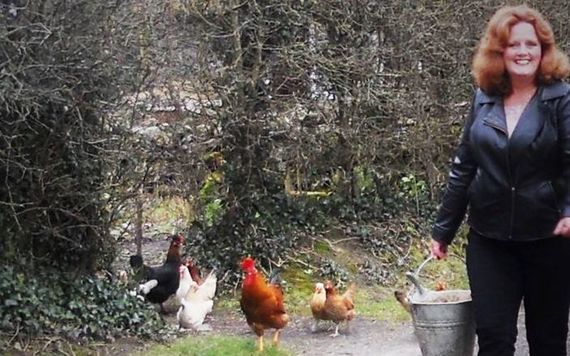
Kathleen Maloney out with the chickens in Ireland.
Since my father's death in 2001, St. Patrick's Day is the day I miss him the most. My memories of us celebrating St. Patrick's Day together are treasured memories to me now. I'm so blessed that he shared his Irish pride with me through the stories he told, the music he shared with me and his many history lessons. I hope we all pass our Irish pride along to our children and our grandchildren.
Thank you, Dad.
Do you have St. Patrick's Day news you'd like to share with the global Irish community? Why not join IrishCentral's contributor's platform Irish Voices? Sign up here.
Looking for events in your community this St Patrick’s Day or to share further information on the March 17 celebrations in your area? Join our St Patrick’s Day 2019 group and celebrate St Patrick’s Day 2019 in proper Irish style.
Read more: John Ford created Ireland’s lasting image in "The Quiet Man"
This article was submitted to the IrishCentral contributors network by a member of the global Irish community. To become an IrishCentral contributor click here.
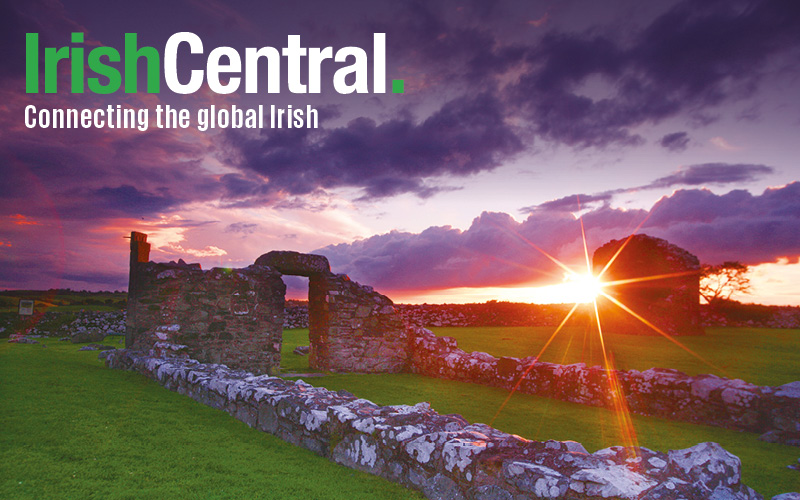
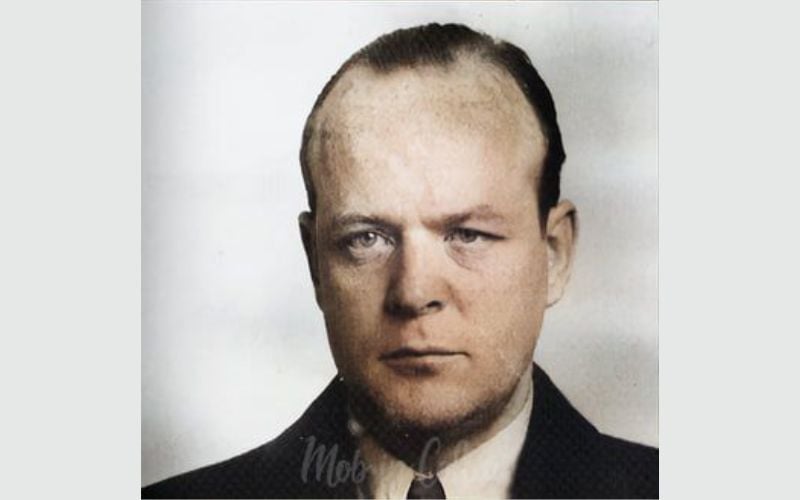


Comments